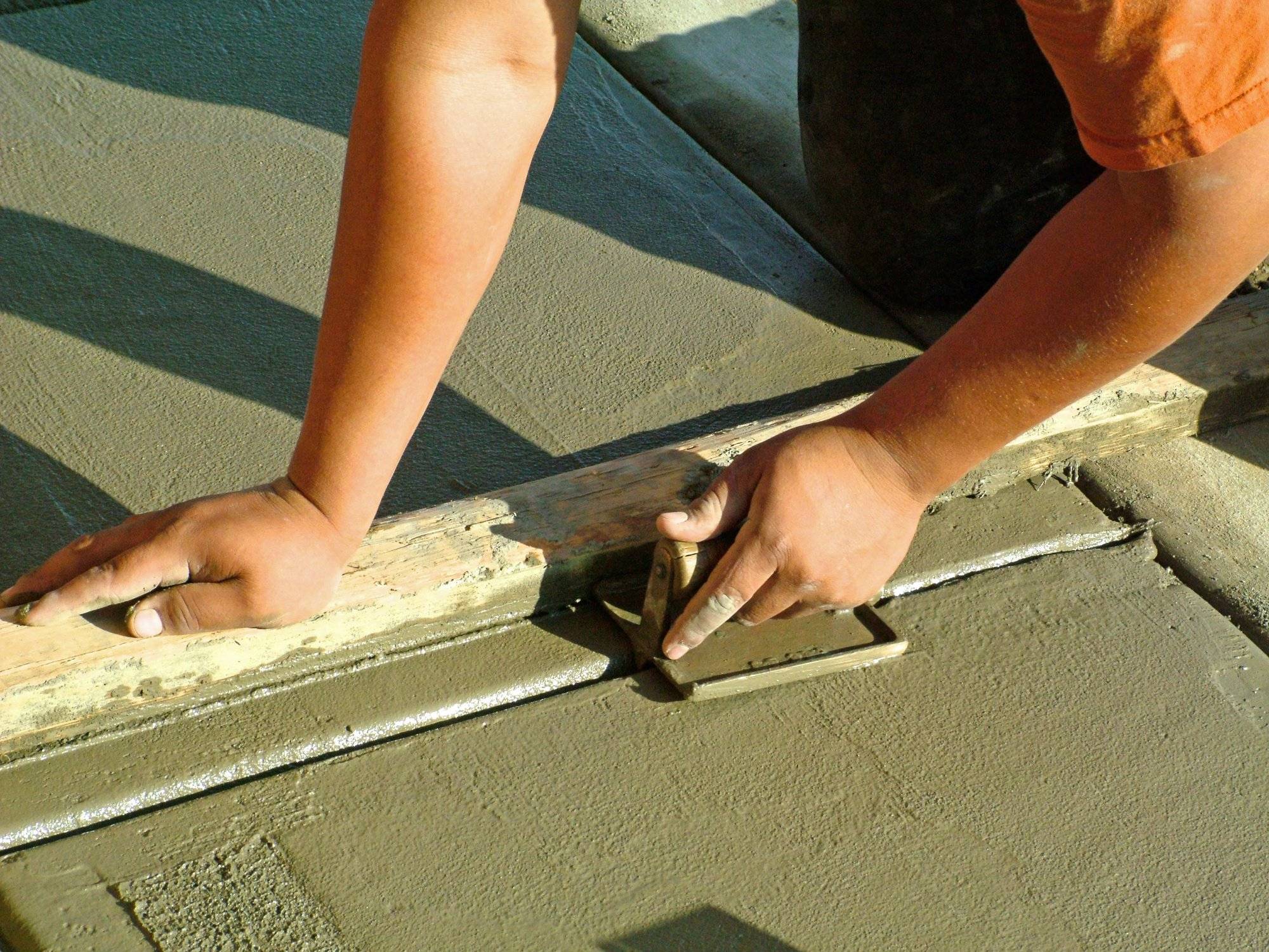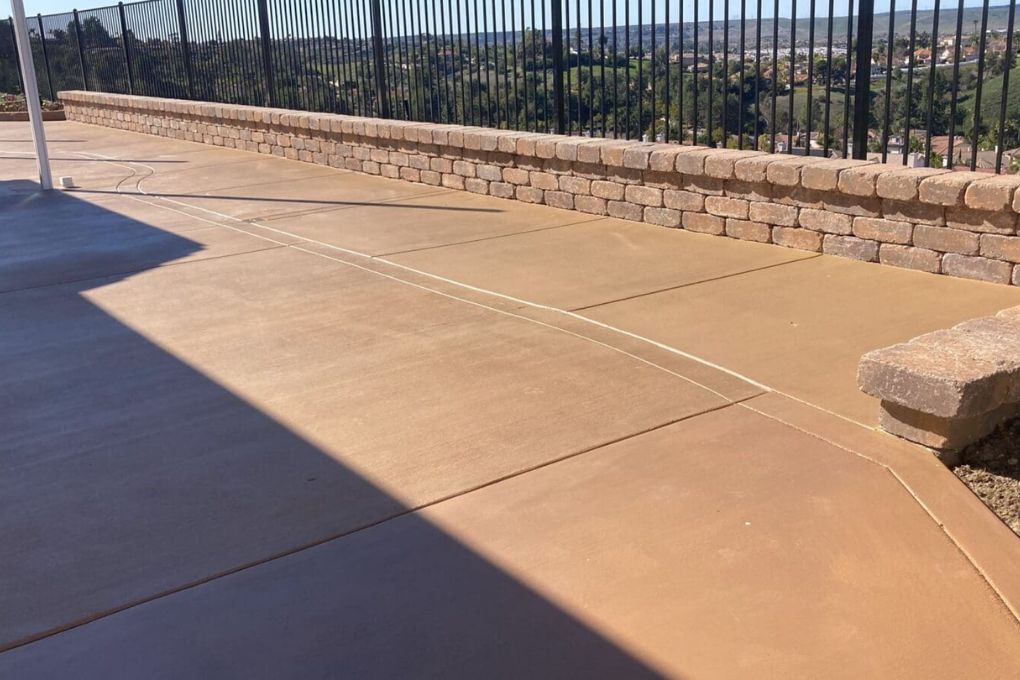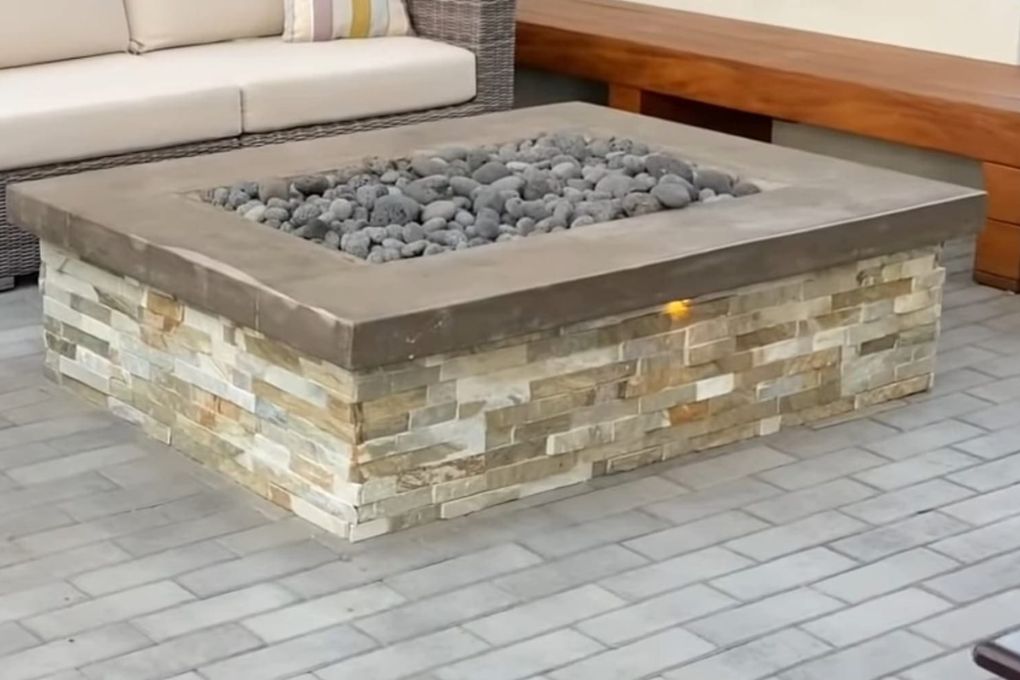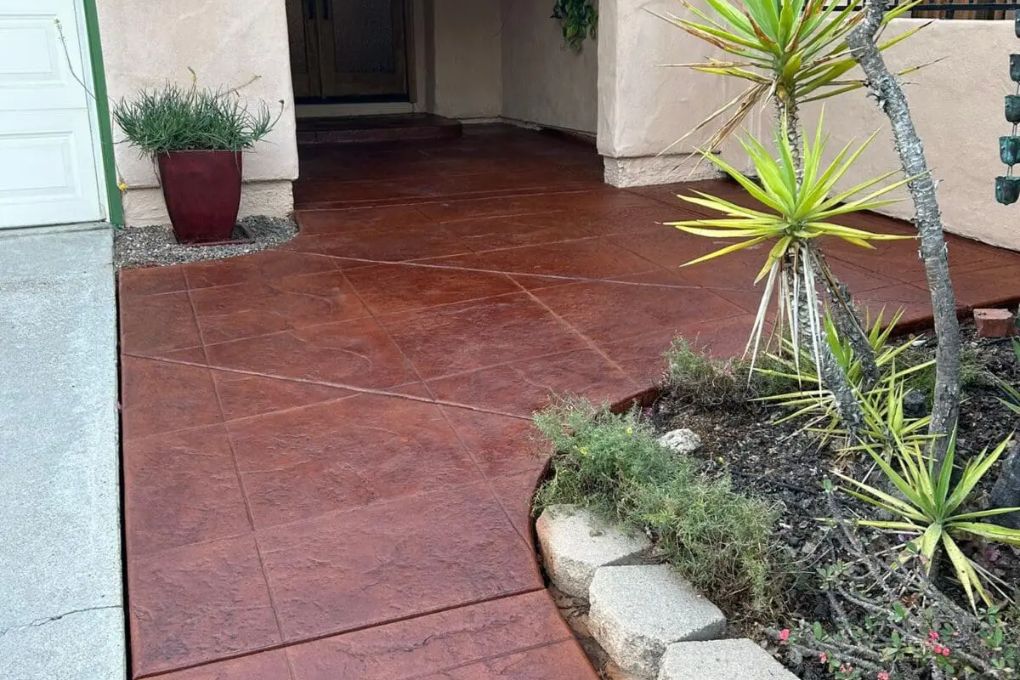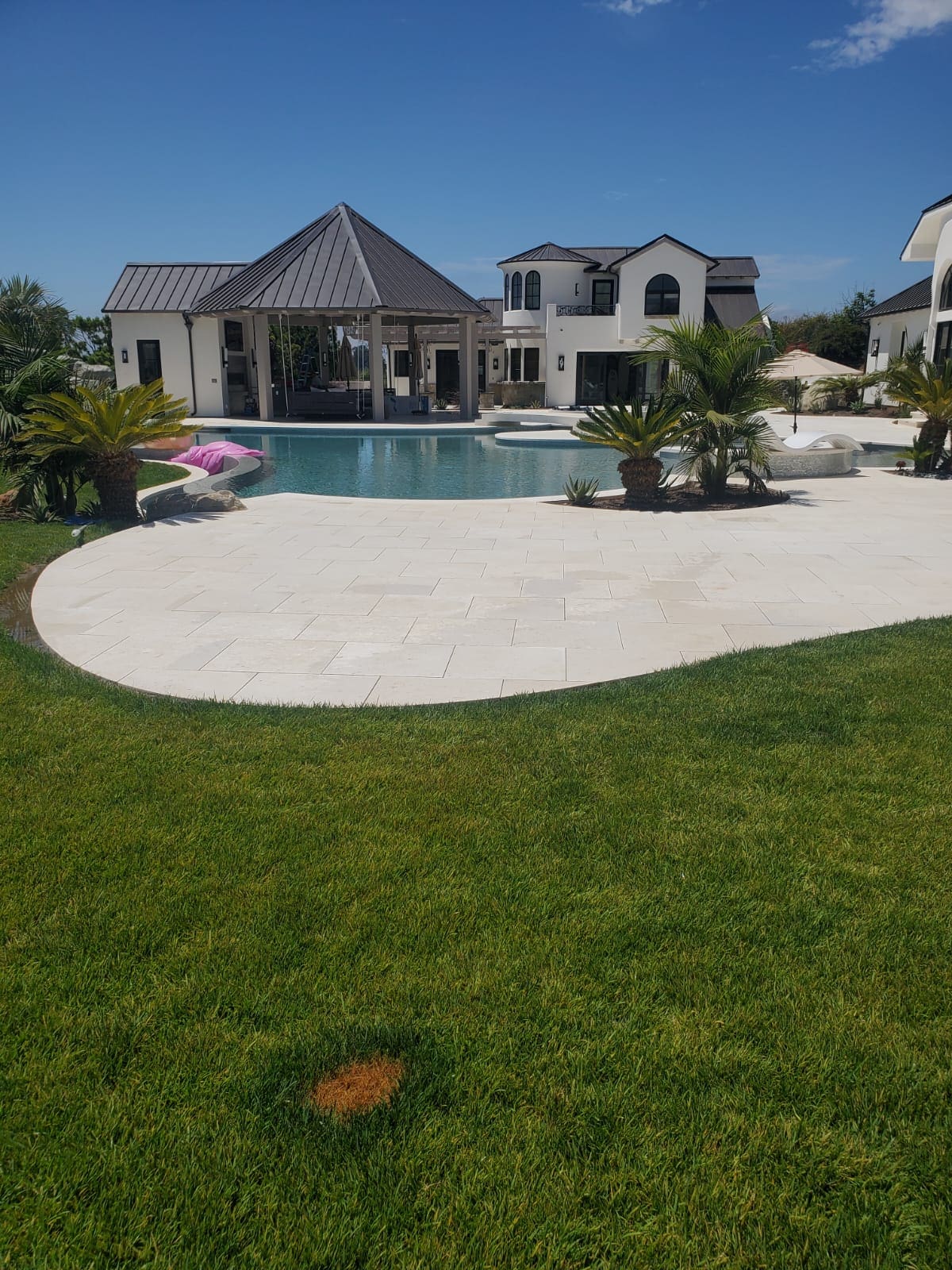Your concrete patio must survive rain and shine and handle every guest who might walk on top of it. San Diego has a very dynamic climate, though, there are many factors you will need to consider during construction. With that in mind, how thick should a concrete patio be if you want it to last long into the future?
Read on to learn more about several factors you should consider before breaking ground. Do your due diligence and research each to ensure you have the best patio possible.
Key Factors Influencing Concrete Thickness
Several considerations impact the thickness of a concrete patio floor. These can then affect the cost of materials, so they are essential factors to be aware of.
Soil and Environmental Impact
Consider what you are laying the slab or poured concrete on when installing concrete. For example:
Sandy soil allows for much more drainage and, thus, less shifting. A stable platform only requires a minimum thickness of four inches.
On clay soil, you will need five to six inches thick slabs as the ground swells due to increased water retention.
With rocky soil, your worry will be the level of support the ground offers. While you should be OK with only four inches, adding an extra inch or two is prudent to ensure even weight distribution and prevent cracks.
Some of the environmental aspects you may need to bear in mind include:
While you will not face extreme temperature fluctuation in San Diego, there are still mild winters and warm summers. Such shifts in heat mean you need to mitigate some cracking due to expansion in warm weather, so expanding to at least five inches is a good idea. This is even more prudent if the concrete area will see significant sun exposure due to where you choose to place it.
Patio Aesthetics
Think about the type of mood you want to convey with the patio. If you can see the side of the patio, remember that thicker patios show a sense of solidity and permanence. If you want to aim for a minimalist design, a taller concrete side can help boost this mood.
If you do not plan to support large devices such as outdoor fire pits, you may consider a sleek and thin patio. While we rarely suggest going smaller, you can drop to three inches if you believe it will handle the environment.
Short and Long-Term Functionality
Consider your plan for using the patio itself. Ensure a thicker slab if you plan to have plenty of large furniture. You may also want to do this if you believe the patio will see a lot of use over time due to heavy foot traffic or regular events. If this is the case, aim for at least five inches, if not more.
Material Selection and Thickness
When pouring concrete for a patio, try to learn how high-quality your material is. High-quality concrete is likely more durable, allowing you to get thinner while maintaining the same robustness. If you buy cheap, though, you may end up with a patio that must be at least five or six inches deep to avoid early wear and tear.
This applies not only to the concrete you buy but also to how you mix it. Remember that professional concrete contractors can ensure the proportions are exact. This is very important to ensure the long-term integrity of any installation and prevent damage over time.
Durability Requirements
While standard foot traffic only needs around four inches of concrete, depending on how often the patio is used, you may need to increase it to five. If you worry about this, you could always seek a professional consultant who can advise you specifically based on your needs.
Future Maintenance
Consider how often you want to maintain and upkeep your patio. As mentioned, thinner patios are more likely to crack and occasionally need fixing. If you do not wish to engage in such repairs as often, install a five—or six-inch-thick slab.
If you inspect the patio more often, including cleaning and resealing the concrete slab, though, this can extend its lifespan. Thus, you can sometimes drop the thickness by an inch or two.
How Thick Should a Concrete Patio Be in San Diego?
The above information gives you a wide range of thicknesses between three and six inches. Take a look at each one and think about all your different needs. You may need to increase your concrete slab thickness if you expect the installation to have a higher risk of breakage.
San Diego has a diverse range of weather and soil types, though. We recommend aiming for at least a five-inch thick installation. This will ensure the slab can withstand some heavier punishment. If you have more needs, such as requiring it to handle heavy furniture, you can always go up to six.
The Importance of Hiring a Concrete Contractor
In the San Diego area, the thickness of a concrete patio depends on many factors. As such, if you want to answer “How thick should a concrete patio be?” you might not be the best person to answer it. Lucky for you, we know how to start calculating things like this.
California Clean and Seal can do this while paying attention to detail and maintaining the beauty of your home’s exterior. So, contact us to learn how our licensed service can get you the concrete patio floor of your dreams today.

